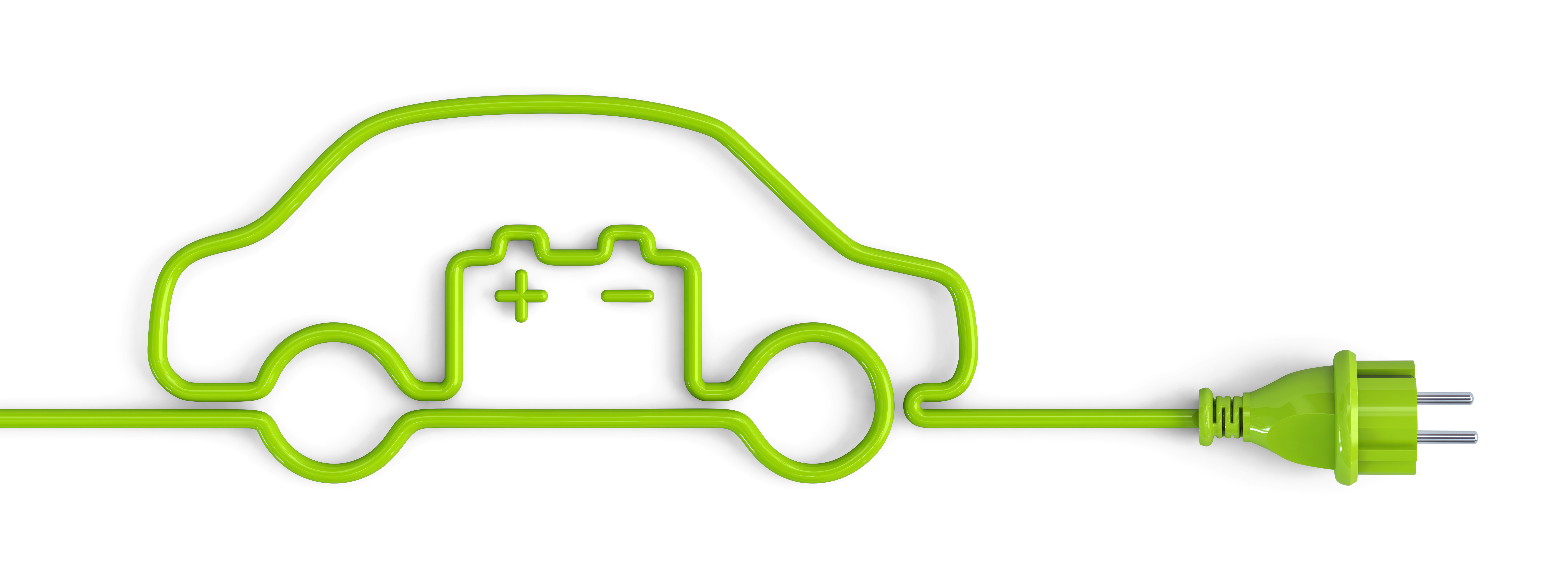How does it work?
An electric vehicle works by charging a battery, which stores energy to be used by the vehicle’s engine. There are also hybrid vehicles, which have both an electric motor and a combustion engine.
The range of the electric car depends on the capacity of the batteries, the power of the engine, the distance driven and the driving style. Charging time depends on the capacity of your batteries and the power available at the charging point.

Electric vehicles can be charged in two different ways:
- At charging points that are not part of the electric mobility network, in private places with private access, such as private garages, where access is not public. This group includes charging using a normal electrical socket, in compliance with technical and safety regulations
- At a charging point integrated into the electric mobility network (a different network from the electricity distribution network)
There are two types of charging points:
- Standard Charging Point (SCP), which is an infrastructure that allows the charging of electric vehicle batteries. Standard charging points have built-in sockets to which the user connects a charging cable and have a charging power of between 3.7 kW and 22 kW.
- Fast charging point (FCR), which is an infrastructure that allows fast charging of electric vehicle batteries. These units have their own cables for connection to the vehicle. Depending on the type of battery and electric vehicle, a charge equivalent to 100 km of autonomy takes about 20 minutes
Charging points on public roads or in private spaces with public access must be integrated into the electric mobility network managed by MOBI.E.
Electric vehicle users (UVE) enter into a contract with electric mobility suppliers for the charging service. The electric mobility network managing body (EGME) must guarantee the flow of data necessary for invoicing these contracts in the context of electric mobility. An electric vehicle user who wants to charge his car on the electric mobility network goes to a charging point and identifies himself (with a card or an app), which allows him to be invoiced by his electric mobility supplier (CEME) at the agreed price.
The price paid by the electric vehicle user (UVE) reflects various costs, namely electricity, electricity networks and supply (CEME’s share) and the use of charging points (charged by CEME but paid to the operators of the charging points where the UVE has charged its vehicle).
EGME is financed by tariffs paid by CEMEs and charging point operators (OPC). These tariffs are set by ERSE.
OPCs must provide information on the costs to be charged for the use of the charging point, and this information can be consulted on the MOBI.E website and app.
To find out more about this, have a look at the guide Electric mobility: how does it work?







